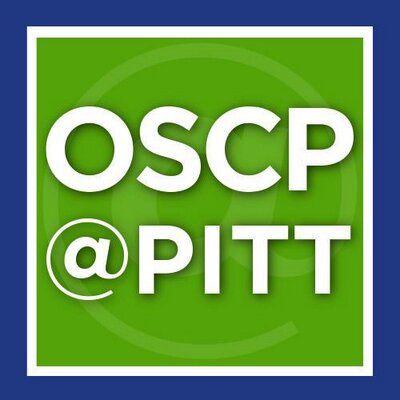Hauschild, Kathryn
(2018)
A NOVEL GAZE BASED MEASURE OF RECEPTIVE VOCABULARY AND CATEGORY KNOWLEDGE IN TODDLERS AT A HEIGHTENED FAMILIAL RISK FOR AUTISM SPECTRUM DISORDER.
Doctoral Dissertation, University of Pittsburgh.
(Unpublished)
Abstract
Toddlers with autism spectrum disorder (ASD) may have language, social, and/or communicative deficits (i.e. gaze aversion and reduced understanding of or engagement in gesturing) that become confounds when completing standardized assessments of receptive language. Thus, assessments that rely on parent report or direct interaction with a test administrator may not fully capture the abilities and underlying knowledge of these children. Visual attention based measures of receptive language reduce task demands placed on participants and have been shown to produce a more accurate measure of receptive vocabulary than parent report measures. However, current gaze-based measures employ a visual paired comparison method. When there are only two items, the similarity of the target to the distractor can have a significant impact on the interpretation of task performance.
The current study evaluates the feasibility of expanding these looking paradigms to include an eight-item array. This Visual Array Task (VAT) combines the theoretical framework of the Intermodal Preferential Looking Paradigm and Looking-While-Listening methods of receptive language with the sequential touching paradigm of object categorization. The use of a larger array of items and the inclusion of a superordinate category contrast could provide a more sensitive measure of receptive language as well as a better understanding of the extent to which early word comprehension reflects knowledge of broader categories.
Results indicate that the tested VAT was both a sensitive measure of receptive vocabulary as well as capable of reflecting gains in category knowledge. This paradigm provides researchers with an inexpensive and efficient task to measure receptive language as well as other general constructs such as category knowledge while reducing behavioral demands placed on the participant. Data here validate the feasibly of using the task to measure receptive vocabulary and category knowledge in children at genetic risk for ASD. Without modification, the VAT can accommodate the testing of minimally verbal to non-verbal populations, as well as populations, such as children with anxiety, that may encounter many of the interaction-based hurdles similar to children with ASD. Thus, the VAT is measure that can be administered uniformly across a broad spectrum of populations.
Share
| Citation/Export: |
|
| Social Networking: |
|
Details
| Item Type: |
University of Pittsburgh ETD
|
| Status: |
Unpublished |
| Creators/Authors: |
|
| ETD Committee: |
|
| Date: |
27 September 2018 |
| Date Type: |
Publication |
| Defense Date: |
23 May 2018 |
| Approval Date: |
27 September 2018 |
| Submission Date: |
3 August 2018 |
| Access Restriction: |
1 year -- Restrict access to University of Pittsburgh for a period of 1 year. |
| Number of Pages: |
126 |
| Institution: |
University of Pittsburgh |
| Schools and Programs: |
Dietrich School of Arts and Sciences > Psychology |
| Degree: |
PhD - Doctor of Philosophy |
| Thesis Type: |
Doctoral Dissertation |
| Refereed: |
Yes |
| Uncontrolled Keywords: |
receptive vocabulary, category knowledge, autism spectrum disorder, eye-tracking, visual array task |
| Date Deposited: |
27 Sep 2018 16:39 |
| Last Modified: |
24 Sep 2021 05:15 |
| URI: |
http://d-scholarship.pitt.edu/id/eprint/35098 |
Metrics
Monthly Views for the past 3 years
Plum Analytics
Actions (login required)
 |
View Item |








